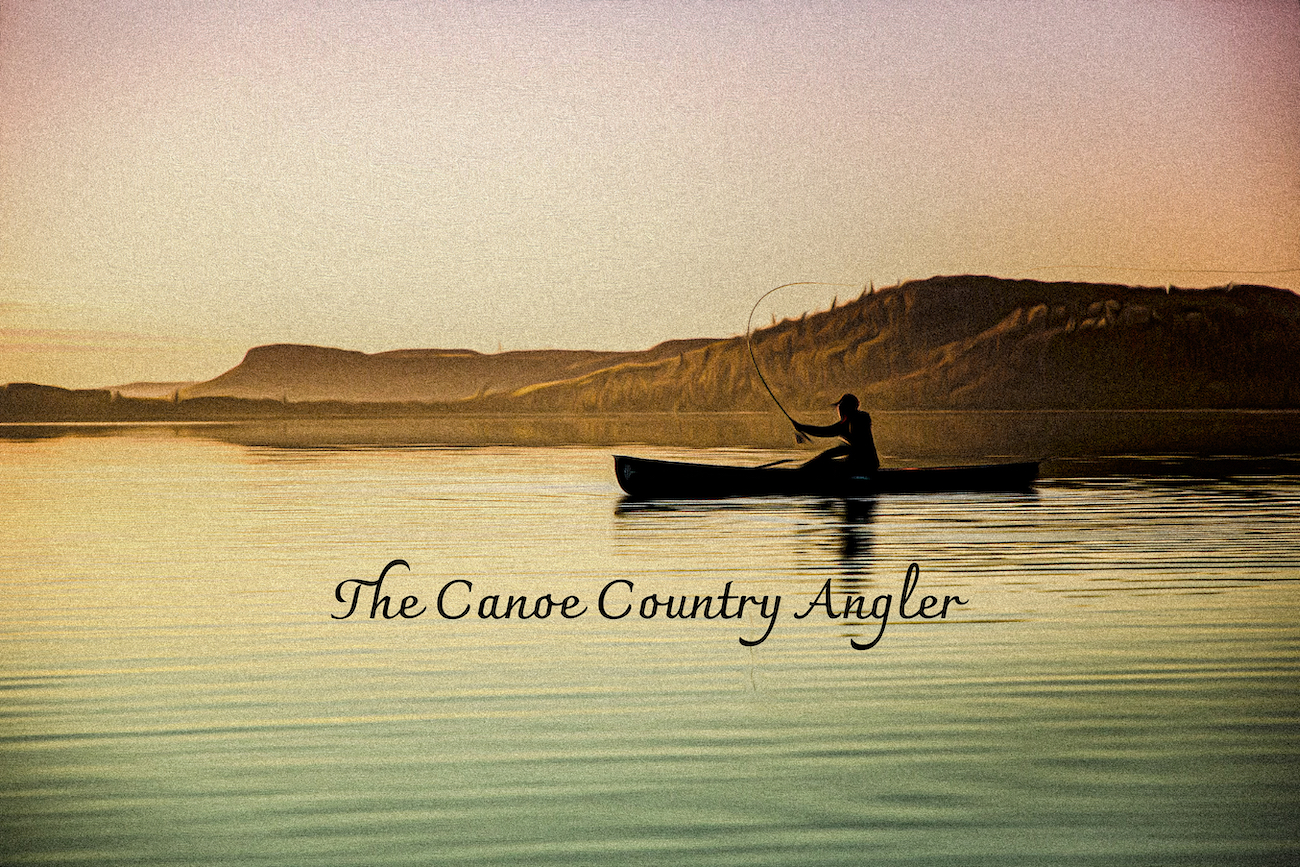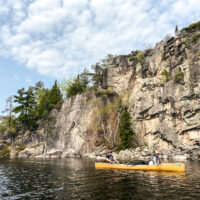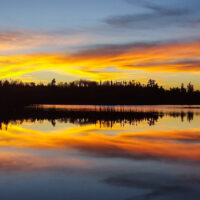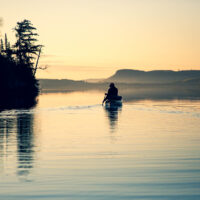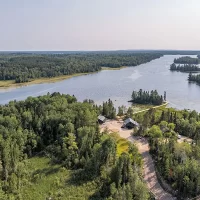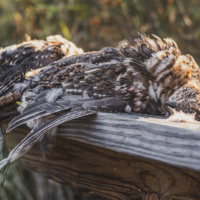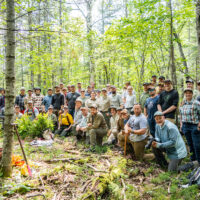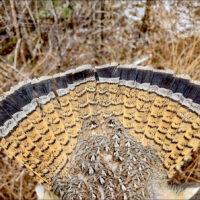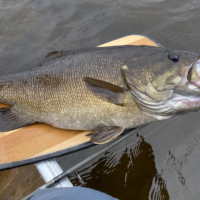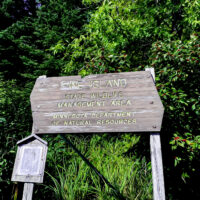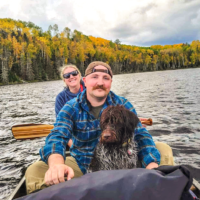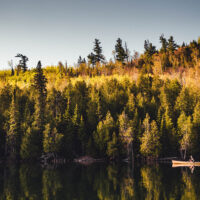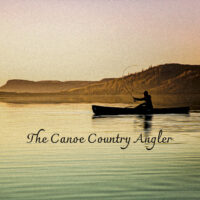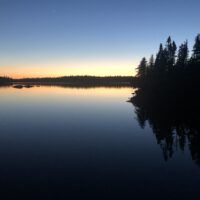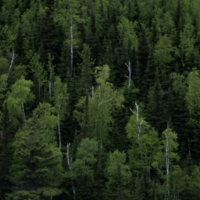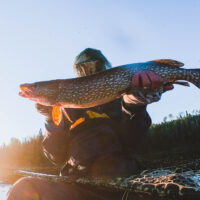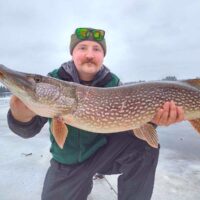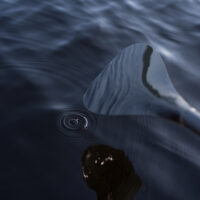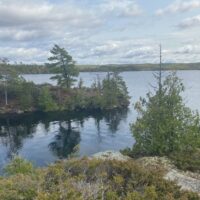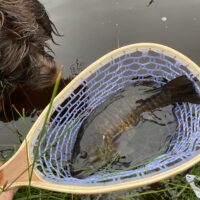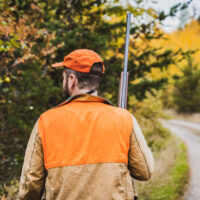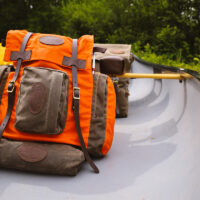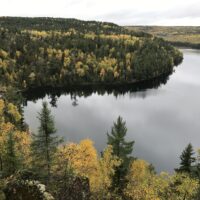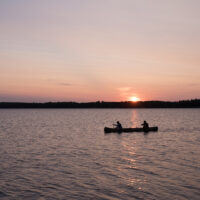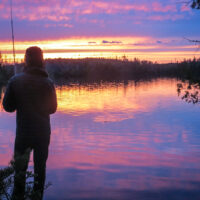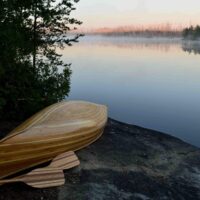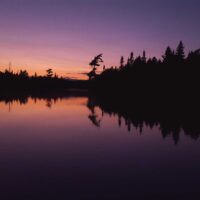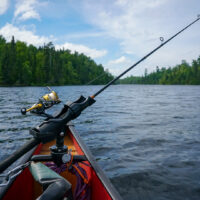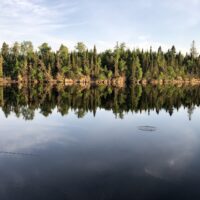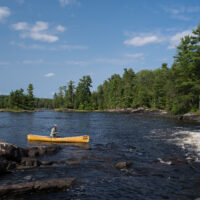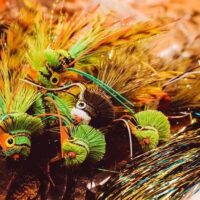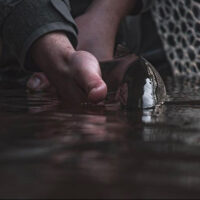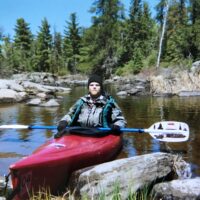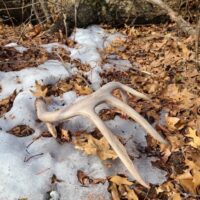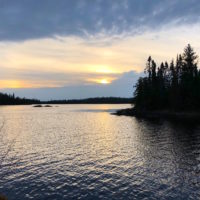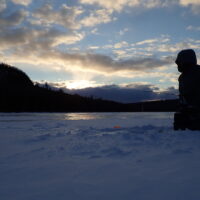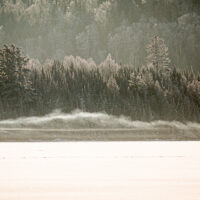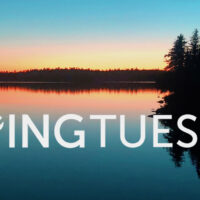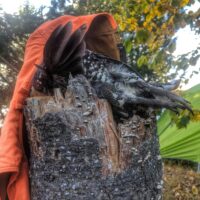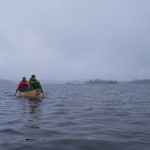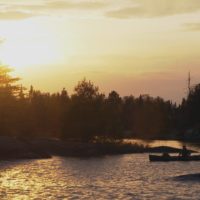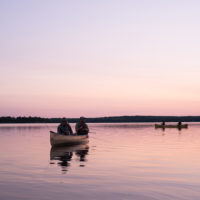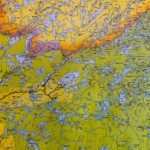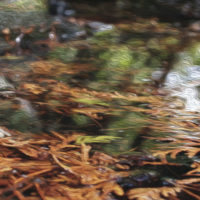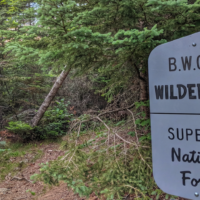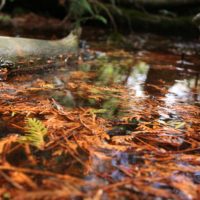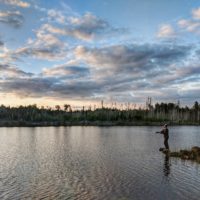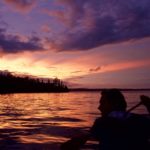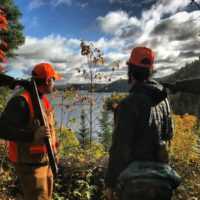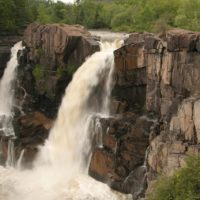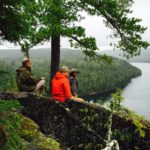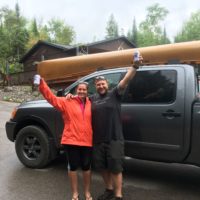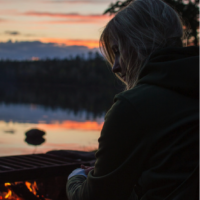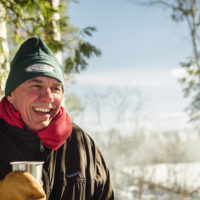The Canoe Country Angler * Vol. 1
January 26, 2024 10:37 amWhat Makes Fishing in the Boundary Waters so Special?
By Matthew Schultz
In Minnesota, “The Land of 10,000 Lakes,” it can be tough to choose where to go fishing, what to pursue, or through which means you should fish. This state is teeming with great fisheries, and frankly, if it holds water, it probably holds fish. When asked about Minnesota’s great fisheries, People from this state will generally refer to bodies of water like Mille Lacs, the Mississippi River and its tributaries, Leech Lake, the Driftless Area, and Lake Superior. Maybe it’s because you can’t bring your outboard or because sleeping on the ground isn’t for everyone. Still, the Boundary Waters Canoe Area Wilderness seldom comes up in the conversation over great fisheries.
If you’re one of the thousands of anglers who take to the Boundary Waters every year with a fishing rod in tow, you know what everyone else is missing. I recently met with Steve Renneberg of Arrowhead Outdoors in Ely, Minnesota, to talk Boundary Waters fishing. While the minnow tanks bubbled and eager hunters and anglers trickled in and out, we talked for nearly two hours, constantly returning to the same conclusion: fishing in the Boundary Waters is downright incredible.
Anyone who’s fished up here knows it’s good, but Steve knows better than anybody just how good it is and offered some insight as to why that is the case. Not only is Steve the co-owner of Arrowhead Outdoors, one of the premier tackle shops of Minnesota that was rated “Best Bait Shop in Minnesota” in both 2022 and 2023 by The Star Tribune, but he’s also served on pro-staffs with some of the top fishing brands and written fishing reports for years. Long story short, Steve knows what he’s talking about. My very first question to Steve was simple, “There are lakes everywhere in Minnesota; why should people fish up here? What makes fishing the Boundary Waters worth the trip?” The answer I got was more mathematical than I expected.
First off, the Boundary Waters fishing experience is as close as you can get to Canada, both literally and in terms of quality of fishing, without the hassle of actually crossing the border. People often travel to Ontario and other provinces of Canada for seemingly unbelievable fishing opportunities. This is largely because the water-to-people ratio up there is much better than what we often see here in Minnesota.
Take a lake like Mille Lacs, one of the most popular fishing lakes in Minnesota. After ice-out, thousands of anglers take to the water to fish early-season walleye. Once things warm up, thousands more people are vacationing on the lake, where we see recreational boaters, jet skis, anglers of every sort, dozens of fishing competitions, resorts bustling, and the beaches full. Once the water freezes again, the entire lake becomes an ice fishing community where people continue to put lures in front of fish. Still, with all that year-round pressure on a lake with under 150,000 surface acres, you can still go out to Mille Lacs and catch a limit of whatever quarry you’re after.
On the other hand, the Boundary Waters doesn’t even have 1/100th of the pressure of a lake like that. Even the border lakes that can be accessed with motorboats don’t come close to the pressure of the more popular lakes in Minnesota. Why? Because we have more water than people up here, much like most of Canada. One of the sayings I’ve always heard about the Boundary Waters is that you get the opportunity to catch fish that have never seen a lure before. I wasn’t sure about this until Steve broke it down for me.
Let’s say that everyone who enters the Boundary Waters, including permit and non-permit seasons, fished during their trip. The Forest Service’s annual visitor numbers peaked at 165,000 in recent years, and in most cases, visitors choose to paddle, camp, and explore rather than fish. At the most, we’re talking about a fraction of the annual BWCA visitors fishing in over 1.1 million acres of lakes and rivers. The State of Minnesota has averaged over 1 million fishing licenses sold yearly. That means a very small percentage of fishing in the state occurs in the Boundary Waters. On top of that, not everyone is allowed to fish simultaneously.
The Boundary Waters permit system prevents crowding for the most part, so even if you’re fishing a popular lake, it’s unlikely you’ll be competing much with other anglers. It’s also safe to say that most people who fish in the Boundary Waters are fishing the lakes that correspond with the loop they’re traveling. When you start talking about lakes off the beaten path, the likelihood that you’re fishing completely uneducated fish increases dramatically. Consider this if that isn’t enough to convince you of how great the fishing is. You are not allowed to use snowmobiles in the BWCA. The few anglers who brave the cold and ice-fish in the wilderness are restricted to pulling their gear or using a team of dogs, preventing most people from traveling very deep into the BWCA. That means that most fish in the Boundary Waters remain virtually unpressured for six months of the year.
There are limitations, of course. You can take a 250 HP, 20’ Lund on Mille Lacs with side imaging, live scope technology, 50 lbs of tackle, and a dozen rods of varying specifications. When I mentioned this to Steve, he assured me that the quality of fishing in the Boundary Waters makes up for the lack of available technology and amenities. Fishing in the Boundary Waters, in most cases, is actually improved by simplicity, something we’ll cover in the next edition of The Canoe Country Angler.
At the end of the day, the BWCA is an incredible fishery for a whole host of reasons. The Wilderness Act protects the area from development, which has proven to keep the waters and woods pristine for growing healthy fish populations. The Forest Service monitors permits to ensure the wilderness isn’t getting over-used or fished, and the local DNR managers keep a close eye on each individual lake and system. Beyond the quality of the fishery, the Boundary Waters is one of the most visually stunning and peaceful places in the country.
Sure, the fishing is amazing, but the tranquility and connection you feel to nature when you see that smallmouth crush your topwater against a backdrop of pine trees and singing loons make the whole experience memorable. It takes a fleet of concerted efforts to maintain a fishery like the BWCA. As avid anglers excited at the prospect of catching a fish that’s never been caught, we at Sportsmen for the Boundary Waters are grateful to everyone involved.

